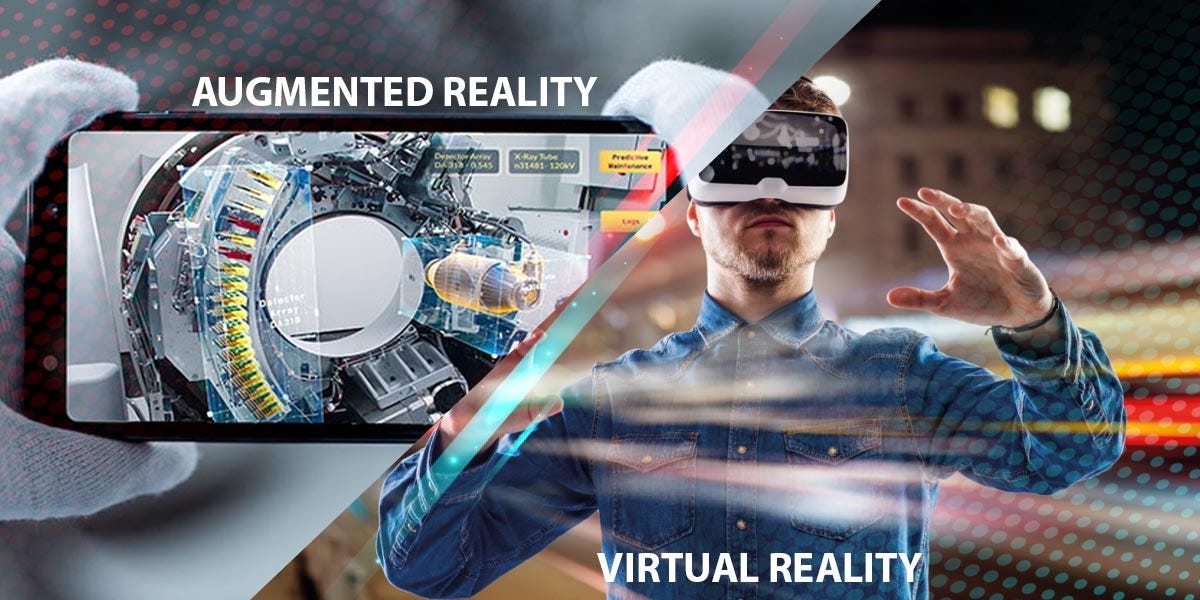Reflecting on 2024, the retail industry remains one of the most dynamic and swiftly transforming fields due to numerous technological improvements and customer behavior shifts. Thus, modern retail enterprises must shift and adopt new digital marketing trends. This article, therefore, seeks to determine the most rising trends a retail marketing business needs to know, which guide them to be on the right track in marketing their products.
1. Personalization and Hyper-Targeting
“Individualization has been around for quite some time, yet in 2024, it is the leading concept: hyper-targeting. Through sufficient data analytics and the incorporation of artificial intelligence, the specific sectors provide customers with adequate personalization. Analyzing the customers’ behavior, such as their past purchase patterns, patterns of visits, and more, helps the business craft highly appealing messages to the customers. Apart from enhancing the customer’s perceptions, it has been seen that this strategy also increases the interaction and conversion ratio to an astounding level,” says Mark McShane, Digital PR Agency Owner of Cupid PR. Hyper-targeting means that alongside the right customers, one reaches them at the right time with a proper message. As a result, it makes the marketing endeavor more efficient.
2. Omnichannel Retailing
“In 2024, a one-stop shop is required at the retail company across the channel to minimize shoppers’ confusion or buyers’ frustration. Omnichannel selling is a business strategy that integrates multiple retail channels and ensures they are sequenced and highly related. This gives consumers a feel for the actual store, the web store, or the smartphone application that is promoting or selling. Therefore, implementing and interconnecting different contacts, such as social networks, emails, and shops, may benefit retailers by impacting customer satisfaction,” says Lisa Ockinga, Chief Product Officer at Ling. Building up a good plan to manage the stock, the process to manage the customers’ data, and a perfect communication and marketing mechanism that can enhance the purchasing or shopping experience quality.
3. Social Commerce
Over the years, social media sites have evolved from billboards and discussion forums to credible sales tools. “Social commerce allows customers to make purchases from their preferred social media sites, such as Instagram, Facebook, and TikTok; among the benefits of using social media for sale promotion are shoppable posts, live shopping, and influencer marketing. This trend is based on the concept of social proof since there are already numerous recommendations in the social networks that facilitate the process of finding and purchasing products without disrupting the flow within the social networks,” says Megan Crawley, Marketing and Communications Manager at RCK Partners.
4. AI-Powered Chatbots and Virtual Assistants
“Self-serve tools and automated personal assistants are innovations changing the face of retail customer service. Some of these intelligent tools include receiving inquiries, making product recommendations, and processing various transactions at any time. They increase the added value for the customer by performing simple tasks and providing quick responses while human employees focus on more engaging communication. The existence of an integrated artificial intelligence system enhances the effectiveness of response and the ability of the chatbot to answer customers’ questions, leading to higher satisfaction levels usually acquired in a shorter period,” says Carl Panepinto, Marketing Director at Midtown Flood Restoration. These tools can significantly help retailers by freeing up time and making operations more efficient while offering everyone excellent customer service.
5. Augmented Reality (AR) and Virtual Reality (VR)

“AR and VR are breaking new ground as far as online customer relationships with products are concerned. By 2024, many organizations are expected to embrace AR and VR in retail to enhance the shopping experience. Buying clothes, furnishing a house, or checking out other products becomes more accessible – a customer can even ‘wear’ clothes, ‘place furniture in his house environment,’ or ‘examine products from all angles.’ These technologies increase contribution and decrease return rates due to providing valuable information to the customer. AR and VR help customers interact with products excitingly, thus making them satisfied and purchasing,” says Ben Flynn, Marketing Manager at 88Vape. Retailers can implement these innovative technologies to create a distinctive market appeal.
6. Voice Search Optimization
“Voice search is another local SEO factor that needs to be considered as more and more people use smart speakers and other voice-activated devices. Currently, consumers are using voice commands and buying them. Random facts that retail business organizations must realize to make adequate preparations include the importance of adopting voice-search-friendly websites and content by applying natural language processing and concentrating on long-tail keywords. This trend assists in enhancing the ranking of search engines and thus allows for reaching more people,” says Tim Parker, Director at Syntax Integration. They refer to Voice search optimization, where there is a need to redesign how content is organized and presented and in line with how people speak instead of how they write questions.
7. Sustainable and Ethical Marketing
“Ethical issues and sustainable practices in consumer behavior are on the rise. In 2024, sustainable practices and marketing communication of moral values in retail businesses will become fully incorporated. The use of sustainable products, transparent supply chains, and corporate social responsibility can help put attention on these kinds of consumers and develop brand loyalty. From the current perspective, it is possible to create specific scripts that allow retailers to convey their commitment to sustainable and ethical practices, appealing to new generations of environmentally and socially conscious consumers,” says Gemma Hughes, Global Marketing Manager at iGrafx. Laul & Ngo contribute to this idea that adopting ecologically sustainable initiatives and the firm’s promotion of these policies & initiatives benefits the brand and the customer base.
8. Influencer Marketing Evolution

Thus, influencer marketing remains popular but has been expanded beyond collaborations. “Speaking of 2024, it is also expected to become a year when micro and nano-influencers will gain popularity because of the genuine interest in targeted immediate and personal audiences. The retailers also focus on extended partnerships and co-designing things with influencers to make them more authentic and effective. This approach enables one to develop more credible real-life marketing campaigns. Thus, by cooperating with influencers with an audience more likely to identify with a particular brand, the brands get a better chance at influencing the needed audience in a much more organic way,” says Holly Cooper, Marketing Manager at Windows & Doors UK. It also presents trust and authenticity as relevant aspects of influencer marketing approaches.
Conclusion
The general environment for digital marketing for retail businesses is quite complex and constantly evolving. Knowing these key trends, 2024 retailers or companies can apply them to improve their marketing approach, increase customer touchpoints, and develop a better-run business. From deploying targeted and private labels and full-contact retailing to Artificial Intelligence adoption and sustainable marketing, continuous learning of trends is crucial to surviving the current retail war. Thus, by applying the given strategies, not only are retail stores capable of meeting customers’ expectations, but they can also go beyond that, achieving excellent results in the digital economy space. Innovation and consumer preferences should be the key areas that retailers should focus on before attaining future business if they want to be outstanding providers.





